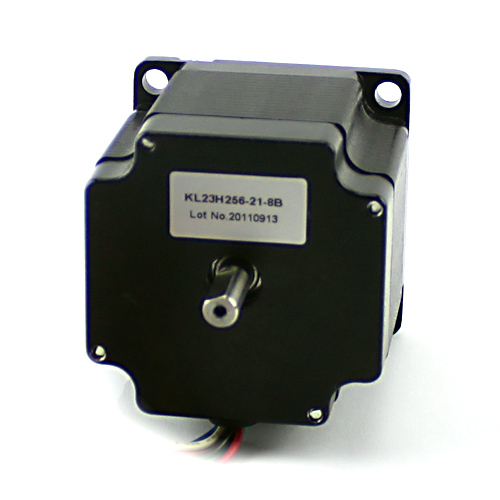A stepper motor, an electromechanical device that generates electrical power from mechanical power, is simple. This motor is also a synchronous brushless electric motor. It divides one full turn into many large steps. Without the use of a feedback mechanism, one can control the motor's exact position easily. This is possible only if the motor's dimensions are correct.
Motors are operated using magnets. These magnets can rotate the shaft of the motor to a specific distance when supplied with a pulse or electricity. The stator has eight poles, while the rotor has six poles. To move 24 steps, the rotor needs 24 pulses of electricity. You should always buy a stepper motor from a trusted source.

Hybrid Synchronous Stepper: These motors are known as Hybrid Symmetric Motors because they combine variable reluctance and permanent magnet procedures to obtain small packages of maximum power.
Permanent magnet stepper: These motors use a permanent magnet as their rotors. They work by repulsion and attraction between permanent magnets in the rotor and stator electromagnets.
Variable reluctance Stepper: These motors have a plain-iron rotor. Their principle of operation is the concept of minimal reluctance with a minimum gap. The magnet poles are also equipped with rotor points.
Good motors can repeat movement and exact positioning. This accuracy is around 3-5% for a single step. The error is not cumulative from one cyclic to the next. Stepper motors have a remarkable response time for reversing and starting, as well as stopping.